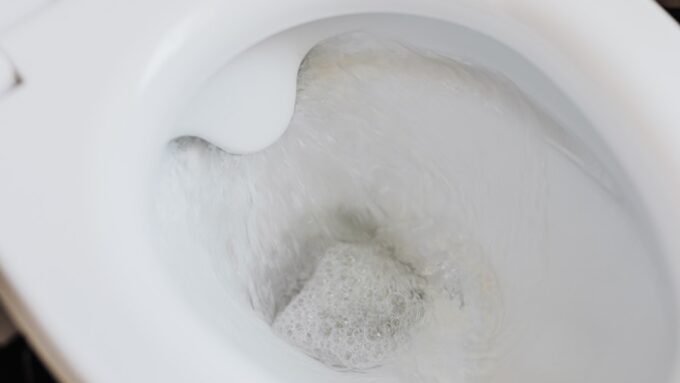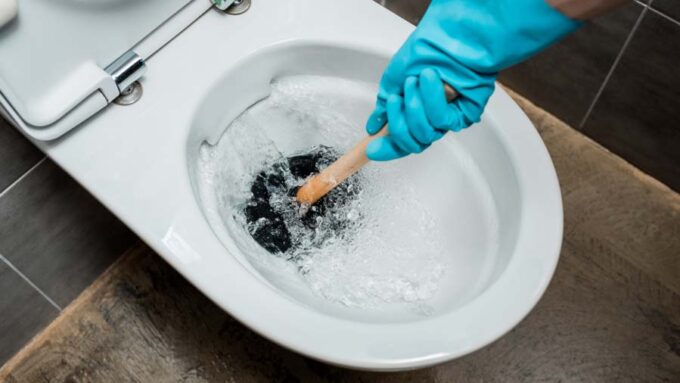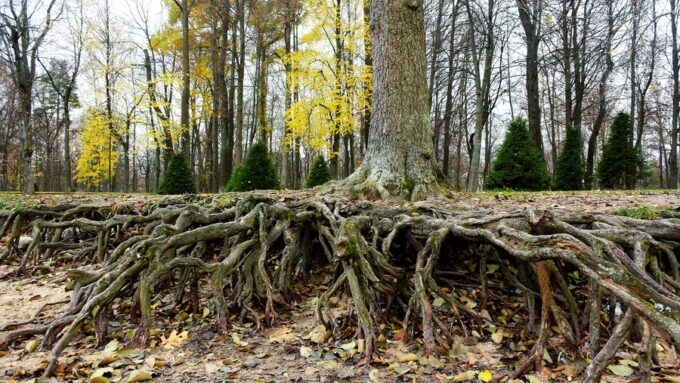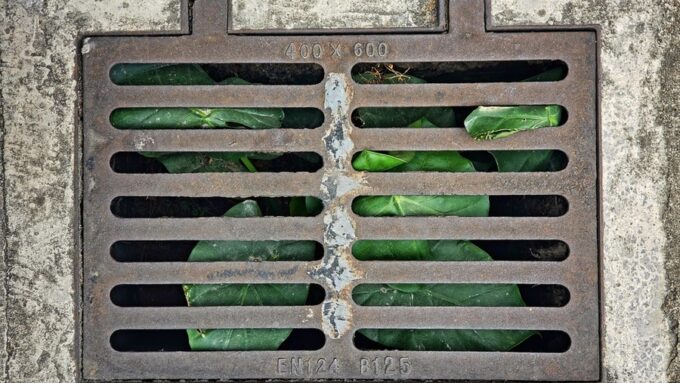Sewer backups are not only unpleasant but also pose significant health risks and property damage. Recognizing the early warning signs of a potential sewer backup is crucial in preventing a minor issue from becoming a major catastrophe. This article delves into the critical indicators of sewer system distress, offering valuable insights to help homeowners and property managers identify and address these issues promptly.
| Topic | Key Points |
|---|---|
| Introduction | Overview of sewer backup importance and article contents. |
| Early Indicators | Identifying initial warning signs of sewer backup. |
| Recognizing Serious Signs | Understanding more severe indicators and immediate actions. |
| Preventive Measures and Solutions | Strategies to prevent sewer backups and professional solutions. |
| Conclusion and Call to Action | Summary and invitation to contact Restoration Certified Specialists. |
Early Indicators
Unusual Noises from Drains and Toilets
One of the first signs of a potential sewer backup is strange noises emanating from your drains and toilets. Gurgling or bubbling sounds can indicate a blockage in the sewer line, preventing normal airflow and water flow. It’s essential to pay attention to these auditory clues, as they often precede more serious issues.
Slow-Draining Sinks and Bathtubs
Another early warning sign is the slow drainage of sinks, bathtubs, and showers. While this can sometimes be due to simple clogs, consistent or widespread slow draining across multiple fixtures might suggest a problem in the main sewer line.
- Unusual noises in plumbing
- Slow-draining sinks and bathtubs
- Foul odors from drains
Foul Odors from Drains
A noticeable, persistent bad odor emanating from drains could indicate a problem in the sewer line. This unpleasant smell is often a result of sewage or waste materials that are stuck or backing up in the pipes.
Recognizing Serious Signs
Water Backup in Multiple Fixtures
When water starts backing up in multiple fixtures—such as toilets, sinks, and tubs—it’s a strong indicator of a sewer line issue. This simultaneous backup, especially when using one fixture causes water to appear in another, signifies a blockage in the main sewer line.
Changes in Lawn or Garden Appearance
Unusual changes in your lawn, such as soggy patches or extra-lush sections, can signal a sewer line leak underground. These signs should not be ignored, as they can quickly escalate into more significant problems, including damage to the foundation of your property.
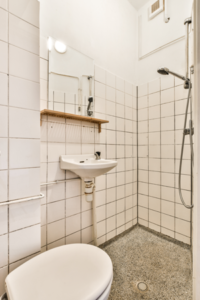 Presence of Mold
Presence of Mold
The presence of mold around plumbing fixtures or walls can be a sign of an underlying sewage problem. It often indicates excessive moisture, which could be due to a hidden leak in the sewer line. For more information about mold and its risks, refer to the article on black mold exposure.
Preventive Measures and Solutions
Regular Maintenance and Inspection
Regular maintenance and inspection of your property’s sewer system are crucial in preventing backups. This includes cleaning drains, inspecting pipes for cracks or damage, and ensuring the proper functioning of sump pumps and backwater valves.
Professional Cleaning and Repair
For significant blockages or damages, professional cleaning and repair are essential. Specialists in sewer systems can use advanced tools and techniques to effectively address the problem. For comprehensive services, visit RCS services.
Upgrading Sewer Lines
In some cases, upgrading old or damaged sewer lines might be necessary. This preventive measure can be crucial in older homes or properties with outdated plumbing systems.
Health and Safety Hazards of Sewer Backups in Residential Homes
Sewer backups in residential homes are not only inconvenient but also pose serious health and safety risks. Exposure to raw sewage can result in various diseases due to the presence of harmful bacteria and viruses, including Campylobacteriosis, Cryptosporidiosis, and Hepatitis A.
Symptoms from these diseases range from fever and diarrhea to more severe conditions like liver infection and gastrointestinal distress. Moreover, sewer backups release toxic gases such as hydrogen sulfide, methane, and ammonia, which can cause sickness, disorientation, and in extreme cases, organ damage or death.
In addition to health risks, these backups can lead to significant property damage and safety hazards. Water mixing with electrical systems can create a risk of electrocution and electrical fires. The damage can extend to floors, walls, and personal belongings, often resulting in costly repairs. Homeowners are advised to take preventative measures, such as regular sewer maintenance and proper disposal of waste, to mitigate these risks.
Key preventive steps include:
- Regular inspection and maintenance of sewer lateral lines.
- Proper disposal of grease and paper products is necessary to prevent clogs.
- Installation of backwater prevention valves to prevent sewage from entering the home.
Prompt professional assessment and intervention are crucial to minimize health risks and property damage in the event of a sewer backup.
Conclusion
Understanding and recognizing the warning signs of a potential sewer backup can save property owners time, money, and stress. By staying vigilant and taking proactive steps, you can safeguard your property against these unpleasant and hazardous situations.
For more detailed information or assistance, please feel free to contact Restoration Certified Specialists in Santa Rosa, CA with any questions or to schedule an appointment. Our expert team is equipped to provide expert advice and solutions tailored to your specific needs.
Remember, addressing these signs early can prevent major disruptions and ensure the safety and integrity of your property.

